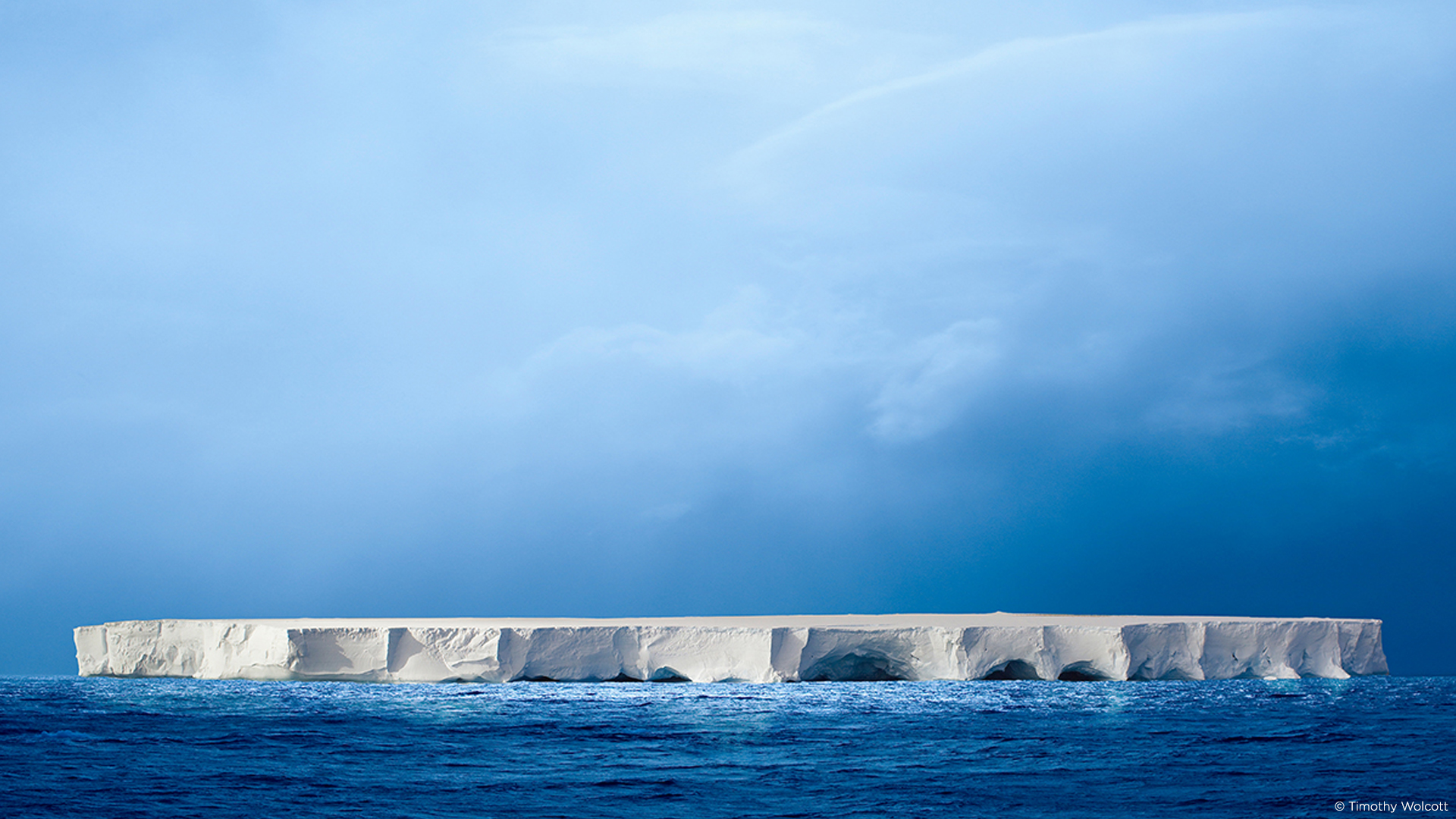Professional photographer, Timothy Wolcott comes from a long line of photographers. He has continued the family tradition, specializing in landscape photography, for which he was twice awarded “World’s Best Landscape Photograph” by the Smithsonian. He shoots with Phase One, and we asked him about his inspiration for his Antarctica shoot and his techniques.
Where do you find your inspiration?
“I find my inspiration from looking at photography like I was a painter. I look at paintings, Japanese folding screens and drawing out my future photographs I hope to see in the wild.
I try to capture the landscape in its most intimate form. I like to make them look like a fantasy by envisioning what light is needed to make the most amazing images. Then waiting and picking exactly the right height, angle space around the subject. I’m usually inspired by bits and pieces of things I’ve seen and I draw hoping to see them in the future.”
How do you pick your locations for your photography?
“Most of the time finding the right location is about finding the right balance and spatial composition. I look at what I would like to shoot and create new imagery for my portfolio. I try to find the exact spatial composition that makes the images as perfect as I can make them.
“The lighting is something I will wait for days, and sometimes nature makes me wait years to get just the right combination of composition, lighting, lens choice, height, and extraordinary things like fog, mist, rain, snow.”
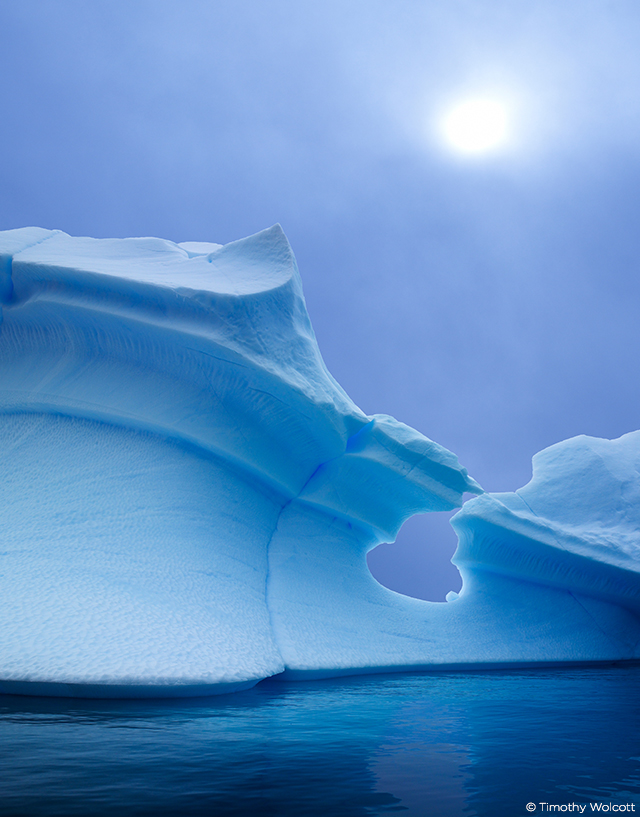
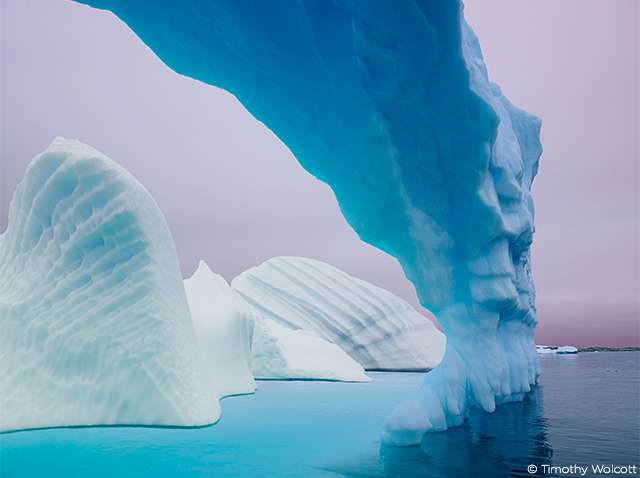
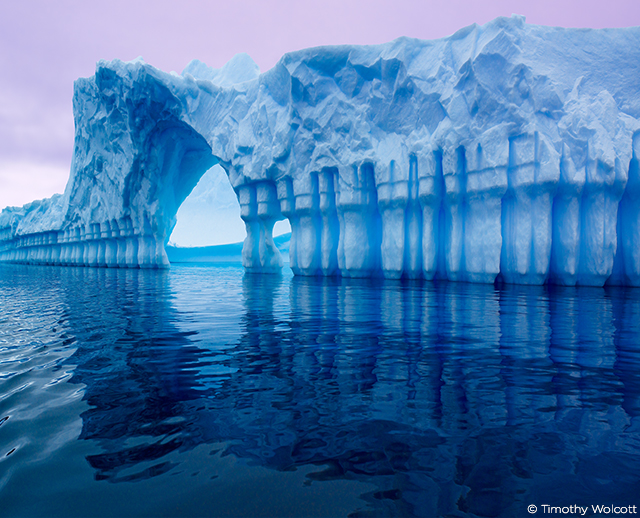
Which of your pictures has helped shape your career?
“‘Fence Fog Trees’ My early work, which was in black and white, was highly praised by gallery directors and they loved them so much they introduced me to Ansel Adams, Brett Weston, Harry Callahan and others. ‘Parthenon’ and ‘From Another Dimension’ both won the World’s Best Landscape Photography contest at the Smithsonian, so that helped shape my career.”
What equipment do you use?
“I use the IQ3 100MP Digital Back and the XF Camera Body. My favorite feature is probably the 15 stop dynamic range which makes it so much easier to create great imagery with the lighting you want to capture in the scene. Not the other way around. In the older days, you couldn’t choose the lighting you wanted.”
Why did you choose a Phase One camera system?
“I use Phase One because I make my living selling my photographs as fine art. Everything Phase One has designed in the digital back and camera help me in expanding my vision and ability to create images that were not possible before. I don’t have to deal with the limitations that you find in other cameras. It has, by far, the most latitude when capturing the image. By this I mean the highlight and shadow detail is amazing, tonal transition and tonal brilliance are unmatched, 15 stop dynamic range, and 100-megapixel files.”
Where were the iceberg pictures taken and how did you shoot them?
“I was in Antarctica, and I knew that I was able to capture these images because of the huge dynamic range of the Phase One Camera System. I wanted to capture Antarctica the way our eye sees it, so I asked the captain if we could take the time to capture icebergs.
The images featured here were shot from a Zodiac boat, handheld with a 35mm super wide angle lens. Understanding the lens and its Hyper-focal-distance, I set the lens so that everything from 15 feet to infinity was sharp. I set the lens at F8 at 160/sec and pushed the file two stops underexposed to increase my shutter speed. This was very difficult because of the waves that made it hard to hold it sharp. But it worked very well.”
Can you tell us about composition in your images?
“I spend a lot of time using framings cards, carrying a 12-foot Gitzo tripod and sometimes a ladder in the woods to get just the right composition. I think people often shoot too many frames and grab a shot instead of creating the photograph like a painting. There are so many things that go into a great photo. I think it’s important to take the time to really make the image.”
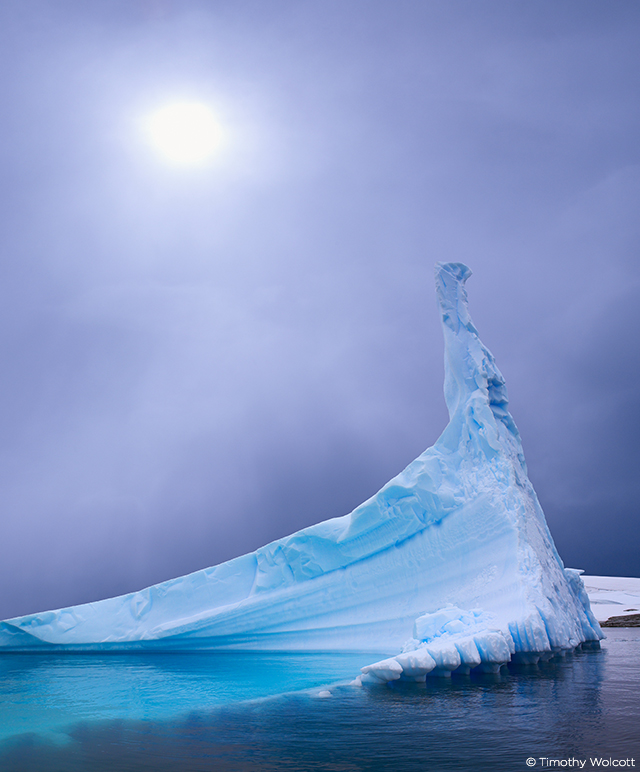
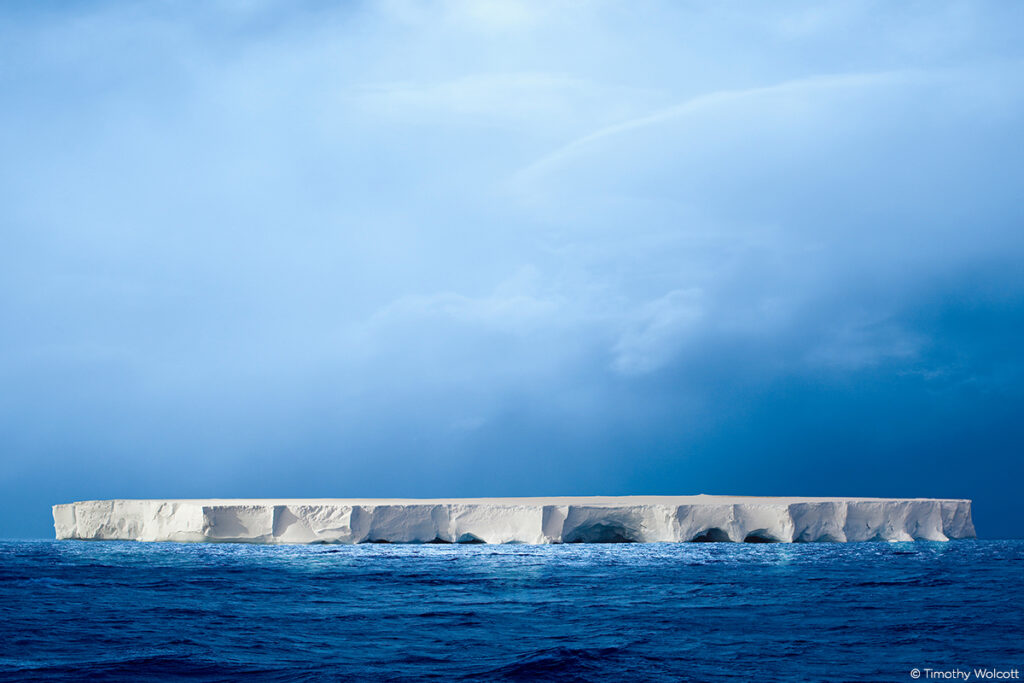
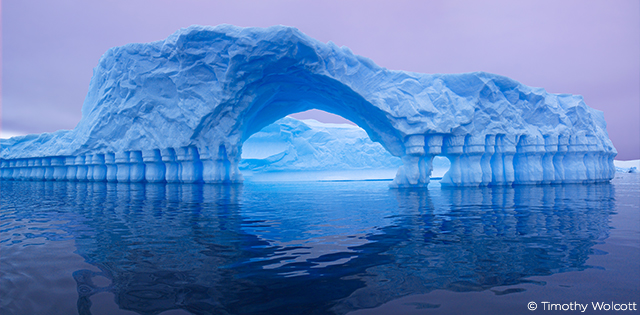
Do you have a ritual when it comes to taking pictures?
“Yes, I do a lot of research, looking at all kinds of pictures, then spend a lot of time watching how the light plays off the landscape and then planning a time to come back when it’s all perfect.”
Phase One would like to thank Timothy Wolcott for taking the time to share his thoughts and photography with us.
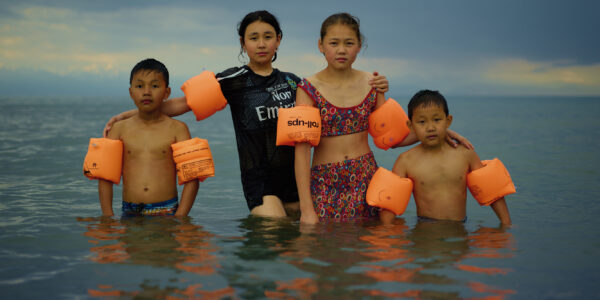
Photographer Stories
Intimacy in focus: Louise’s lens on humanity with Phase One_Part1
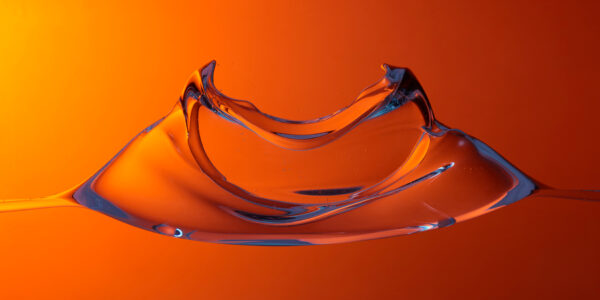
Photographer Stories
Dimitri Newman: Vision is Just the Start
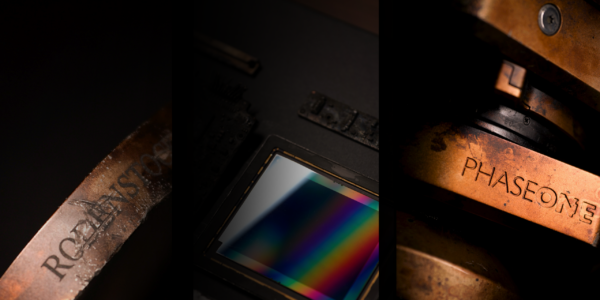
Photographer Stories
Ashes: The Rebirth of a Camera- Hexmalo
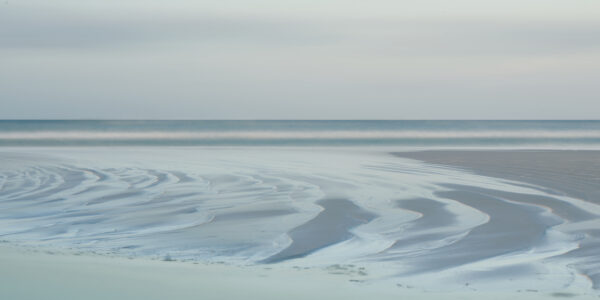
Photographer Stories
Chandler Williams: A Photographer’s Path
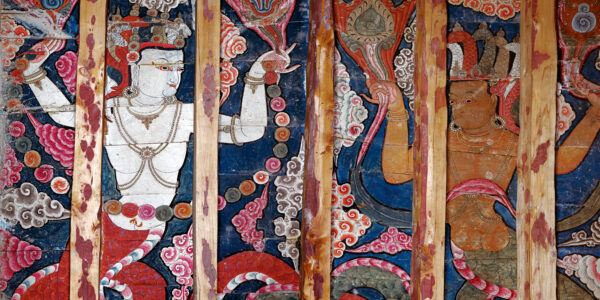
Photographer Stories
TABO- Gods of Light
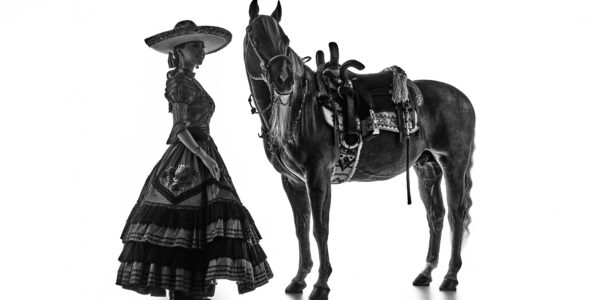
Photographer Stories
Loreto Villarreal – An Evolving Vision
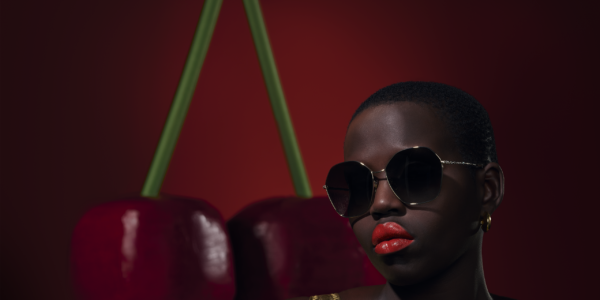
Photographer Stories
Tobias Meier – Storytelling Photography
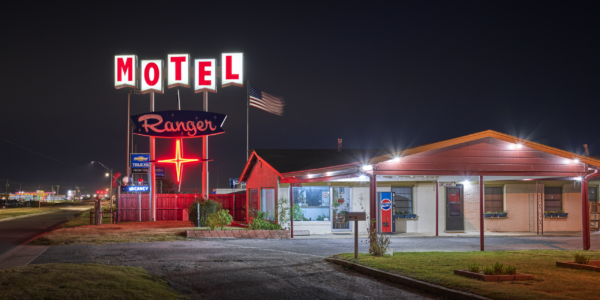
Photographer Stories
Gregory Essayan – Curating Reality
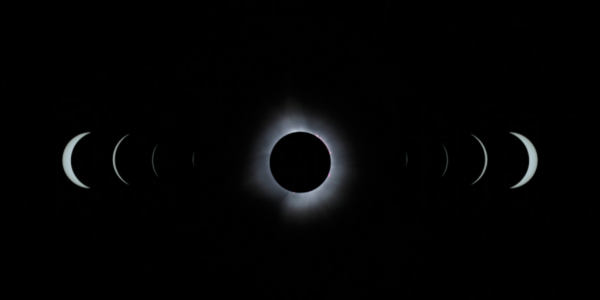
Photographer Stories
Total Solar Eclipse – Matthew C. Ng
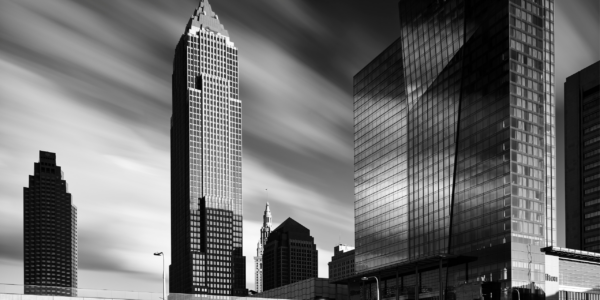
Photographer Stories
Roger Mastroianni – Frame Averaging
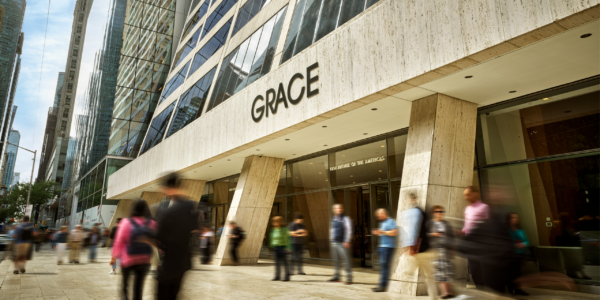
Photographer Stories
Matthew Plexman – Bringing portraits to life
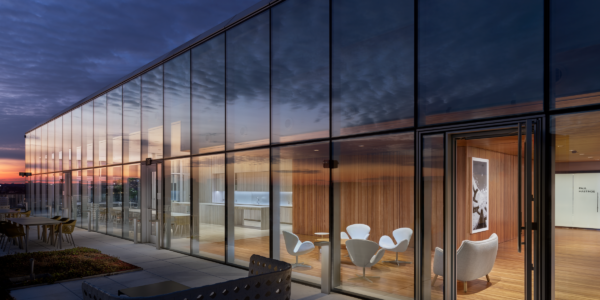
Photographer Stories
Prakash Patel – A Visual Design Story

Photographer Stories
Karen Culp – Food Photography Ideas
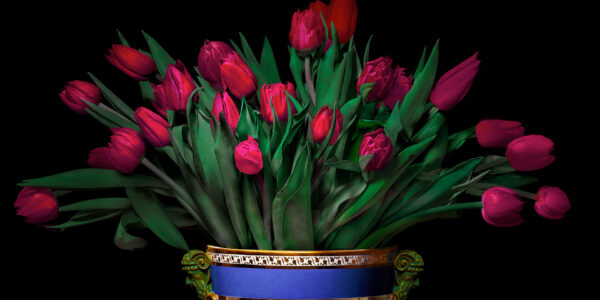
Photographer Stories
T.M. Glass: Flower portraits
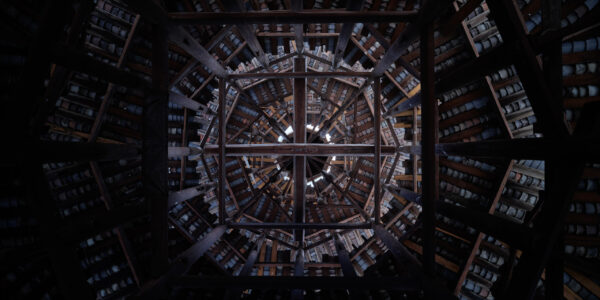
Photographer Stories
Preserving ancient Chinese buildings – Dong Village
